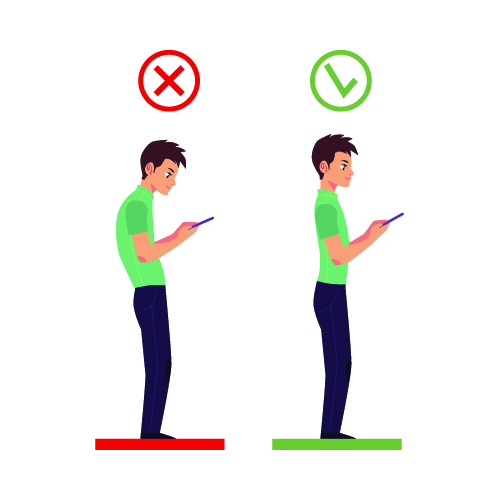
By Winston Lee L. Ac, Ph.D, KMD
One day, I saw a patient who had very serious tingling sensation on both of his arms. The sensation was not just limited on his hands, but on both of his arms. This pain started from the upper blade area and ran through both scapular and went down the rear side of both arms. The feeling was very uncomfortable, shooting and painful. The symptom was releasing when the patient raised up his arms in the air and it’s aggravated as lowering his arms down, for a long time. It’s also worse when he sit at a desk using a computer all day long or drove 5~6 hours from Los Angeles to Las Vegas. Expressions of the patients are somewhat different, but the patient said it felt like shooting electricity to his arm.
This symptom would be diagnosed in two different aspects. The most common diagnosis is ‘thoracic outlet syndrome’. There is a bunch of muscle near the cervical spine. The name is ‘scalene muscle’ which is running from third to sixth cervical vertebrae just next to trachea and vocal cord and inserts onto the front area of first rib. This scalene and other nearby muscles could be shortened and tightened due to overusing for a long time. Meanwhile, some nerves from the cervical spine are supposed to penetrate these muscles and domain both arms and hands. As you expect, these troublemaker muscles are compressing the nerves and consequently results in tingling and shooting pain on both arms and hands. The symptom would be better when the patient raises up the arm, because the compression is reduced when the first rib moves up and this movement makes a room and releases pressure of the compressed nerve.
The second common diagnosis is disc herniation at a cervical spine. Because of ongoing mental stress, straight neck, reverse curve of neck or hunched back, the weight bearing of cervical spine got stressed. So, disc shaped cartilage in between vertebrae is compressed and slide back or spread to either side due to weight. In other words, the nerve to arms and hands can be pinched by disc herniation and the patient might feel the tingling and uncomfortable sensation on both arms.
In fact, if a patient has a tingling on arms, we don’t need to blame the arm itself. Mostly, we can see the reason from a pinched nerve in the neck. The reason for the pinched nerve should be one of the two cases as I explained above. According to my experience, these two reasons above could be combined as well.
Patient education for the two main reasons is the same. Correction of posture and constant daily stretching are required to fix the root cause reason. First, the patient needs to fix the bad posture such as turtleneck posture, recently also known as text neck. They should put the chin backward and broaden the chest. Never look down anything for a long time. Nowadays, many people are using smartphones all day and tend to look down watching the screen to read something or to text to somebody or to enjoy mobile games. For sleeping, the ideal posture is laying down on the back, the less ideal posture is on the either shoulder and the worse posture is sleeping on the stomach position.
As an acupuncturist, we can fix this problem in one single session if the reason is the thoracic outlet syndrome, not from disk related problem. Find the scalene muscle carefully just behind the sternmastoidclevicle muscle. When you rub the scalene muscle slowly and you can find the knots or tightness in the muscle. Hold the knot with the other hand and put the needle in the center of knots carefully and you can feel a twitching when you hit the sweet spot. If you understand the anatomy well and have found the reason and have done the treatment successfully, you can see the improvement on the spot or in 1~2 days. Also, I expect the full recovery would be taken 1 to 2 weeks when the patient got acupuncture treatment 2~3 times a week on a regular basis.
































